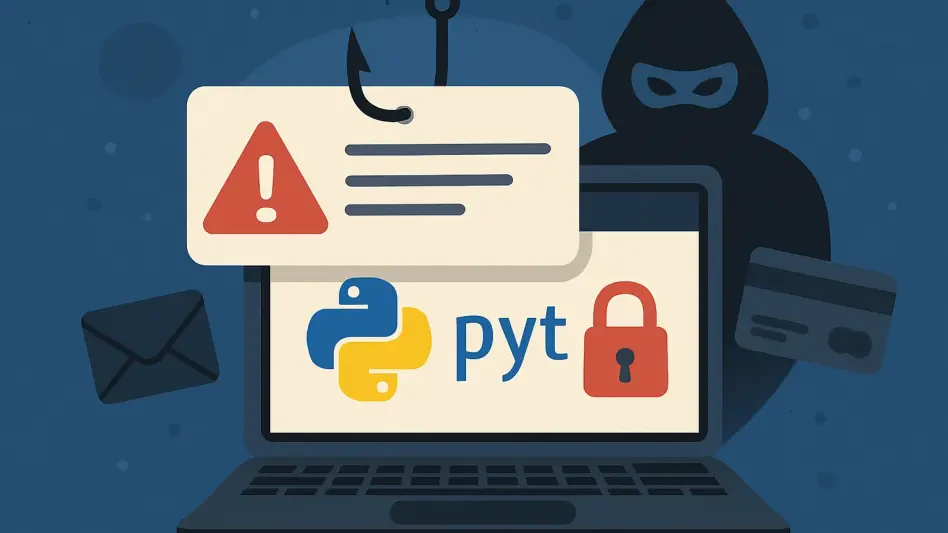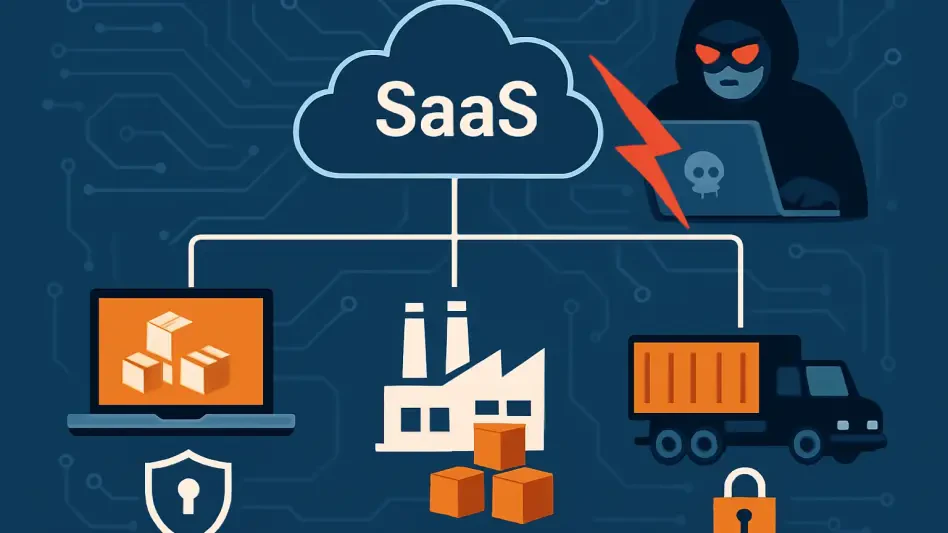Microsoft recently issued a stark warning regarding a large-scale malvertising campaign impacting over one million devices globally. Orchestrated by the well-known threat actor group Storm-0408, this sophisticated operation leveraged phishing techniques, search engine optimization (SEO), and malicious advertisements to deploy harmful software and steal sensitive user and system data. The primary attack vector originated from illegal streaming websites that embedded malvertising redirectors, which ultimately led unsuspecting users to platforms like GitHub and other hosting services where the harmful malware was delivered.
The Mechanism of the Malvertising Campaign
Embedding Malvertising in Illegal Streaming Sites
Malvertising, the act of injecting malicious code into legitimate online advertisements to spread malware, represented a central tactic in this campaign. In December 2024, Microsoft researchers discovered that Storm-0408 was targeting users by placing infected advertisements within video content on illegal streaming sites. Users who clicked on these ads were redirected through multiple intermediary sites, finally landing on various malware-hosting repositories located on platforms such as GitHub, Discord, and Dropbox. These repositories contained malicious software, designed to infect user devices as soon as it became active.
This multi-stage infection process began with an initial payload acting as a dropper, which downloaded and executed further layers of harmful software. Noteworthy malware strains used in this attack included Lumma Stealer, designed to extract login credentials and system details, and an updated version of Doenerium, an infamous information-stealing strain. These pieces of malware were capable of gathering a wide array of sensitive information, including passwords and bank credentials, which were subsequently transmitted to the attackers’ command-and-control (C2) servers. This intricate process highlighted the sophisticated nature and potential destructiveness of the attack.
Evasion Tactics and Techniques
To evade detection and blend in with regular network traffic, Storm-0408 employed highly sophisticated evasion tactics, making it challenging for security systems to detect and mitigate the threat. One of the key strategies involved hosting malware on legitimate cloud platforms, such as GitHub and Dropbox, which are generally trusted and infrequently flagged by conventional cybersecurity solutions. This move allowed the malicious content to evade initial scrutiny and security measures. Additionally, the group utilized living-off-the-land binaries and scripts (LOLBAS), leveraging standard tools commonly used within systems, like PowerShell.exe, MSBuild.exe, and RegAsm.exe for their C2 operations and data theft activities.
The malicious actors also exploited these binaries and scripts to stay under the radar, as these tools are integral to many legitimate administrative tasks. This obfuscation made it significantly more difficult to distinguish between normal activities and malicious ones. By employing such advanced techniques, Storm-0408 managed to prolong the lifespan of their infections and maximize the effectiveness of their campaign. Their ability to blend harmful traffic with regular, benign activities increased the complexity of detecting and responding to the threat, proving the need for more advanced and adaptive cybersecurity measures.
Microsoft’s Response and Recommendations
Actions Taken by Microsoft
In response to this widespread and potent threat, Microsoft took multiple critical actions aimed at curtailing the ongoing damage and mitigating future risks. One of the primary measures included the removal of malicious repositories from platforms like GitHub, Discord, and Dropbox. Leveraging its influence and collaborative capabilities, Microsoft worked swiftly to identify and eliminate the harmful content hosted on these services. Additionally, the company revoked compromised digital certificates that had been used to sign the malicious software, thereby nullifying one of the key strategies attackers use to bypass security mechanisms.
Furthermore, Microsoft provided the public, including organizations and individual users, with detailed technical information and indicators of compromise (IoCs) related to the attack. This detailed account enabled security teams across different sectors to recognize signs of infiltration and take proactive measures to protect their systems. These IoCs included various file hashes, IP addresses, and domain names associated with the malware, thereby aiding in the identification and neutralization of the threat. Microsoft’s proactive stance showcased the importance of quick and decisive action in minimizing the impact of such large-scale cyber threats.
Protective Measures for Users
Microsoft has recently issued a significant warning about a major malvertising campaign affecting over one million devices worldwide. This intricate operation, orchestrated by the notorious cybercriminal group Storm-0408, uses sophisticated techniques such as phishing, search engine optimization (SEO), and malicious ads. These techniques aim to deploy harmful software and exfiltrate sensitive user and system data. Illegal streaming websites served as the initial attack vector, embedding malvertising redirectors. These redirectors ultimately directed unsuspecting users to platforms like GitHub and other hosting services, where the dangerous malware was then delivered. Users who visited these streaming sites were unknowingly exposed to threats, highlighting the importance of caution while browsing. Microsoft’s alert underscores the evolving tactics of cybercriminals and the critical need for robust cybersecurity measures to protect against such threats.







